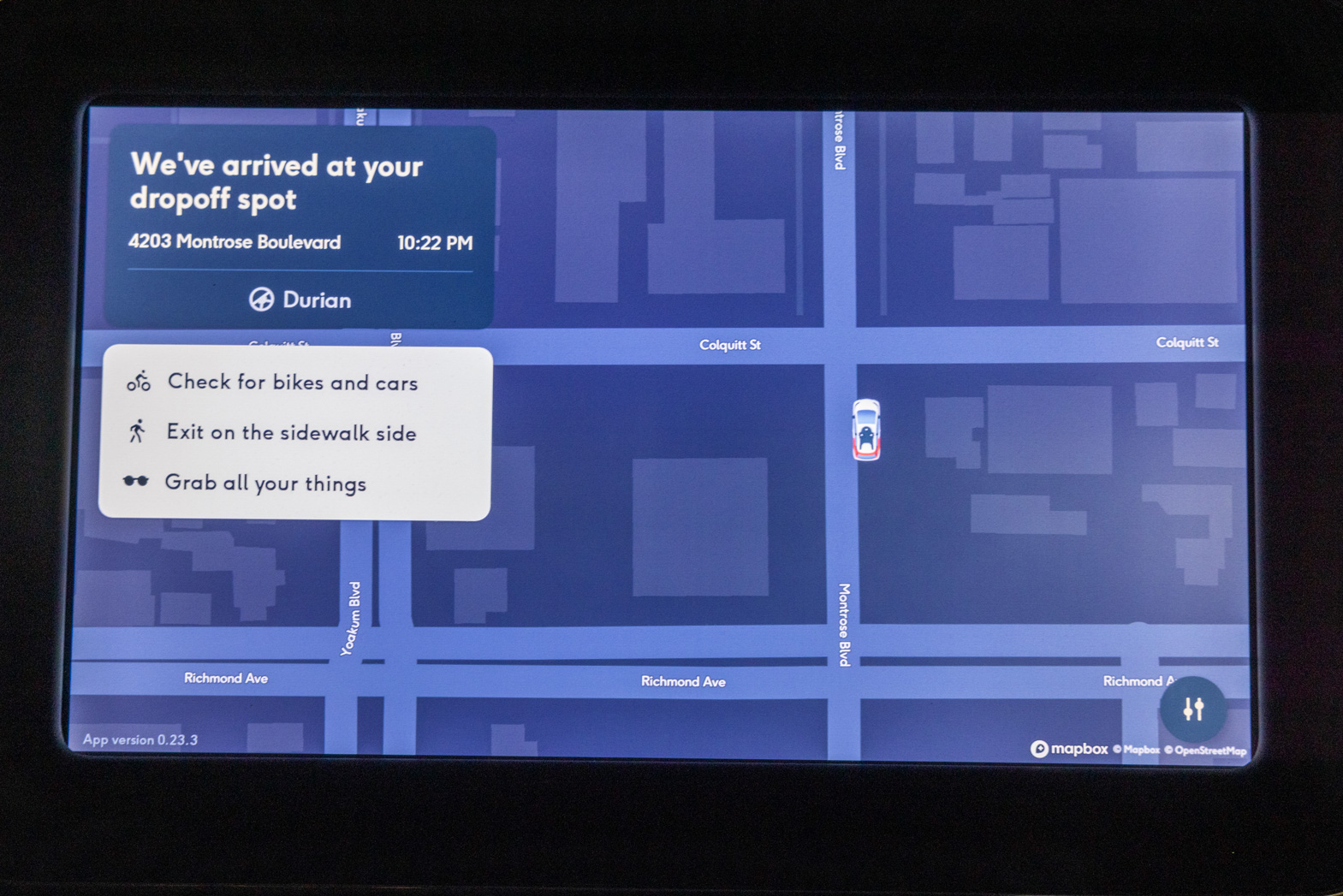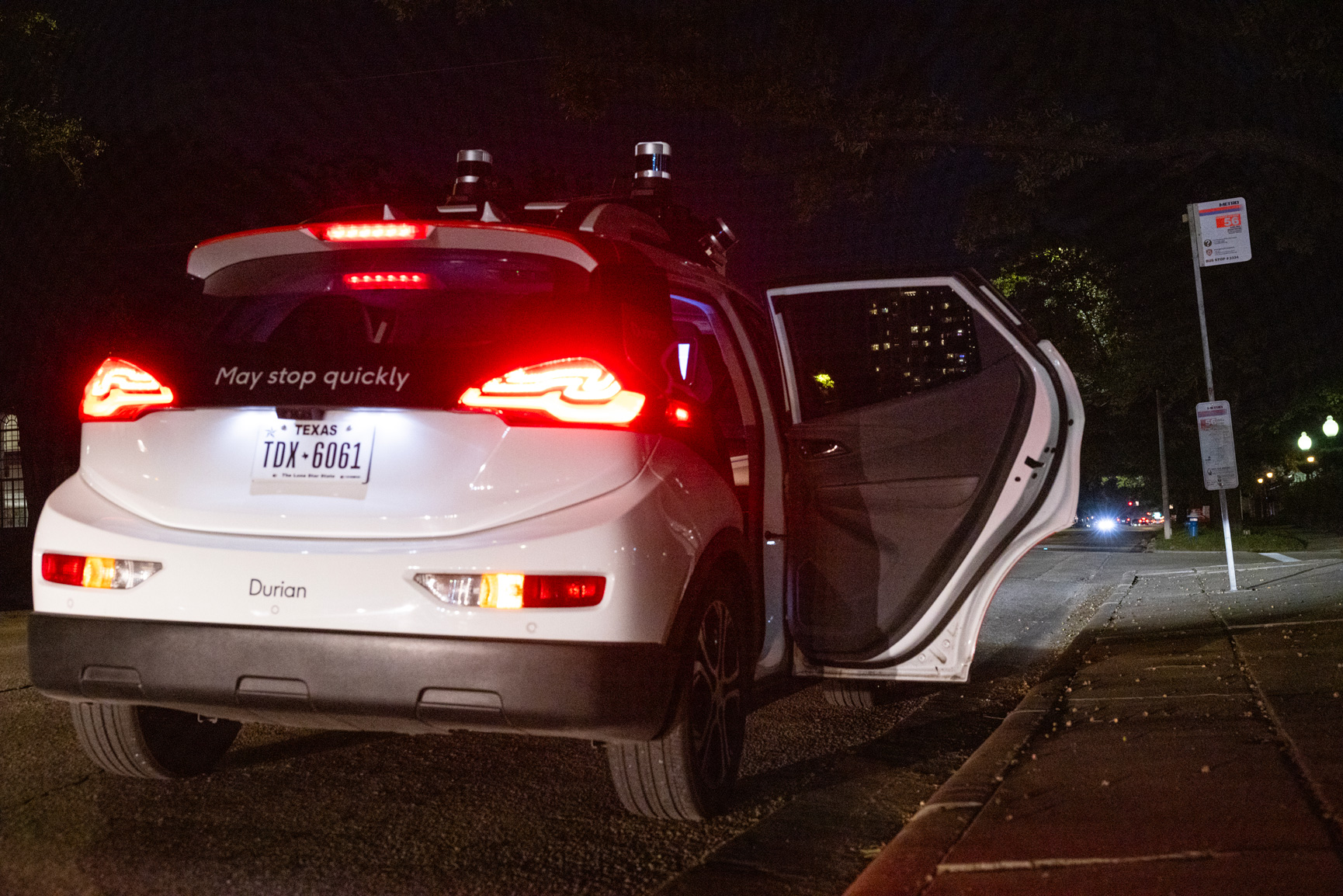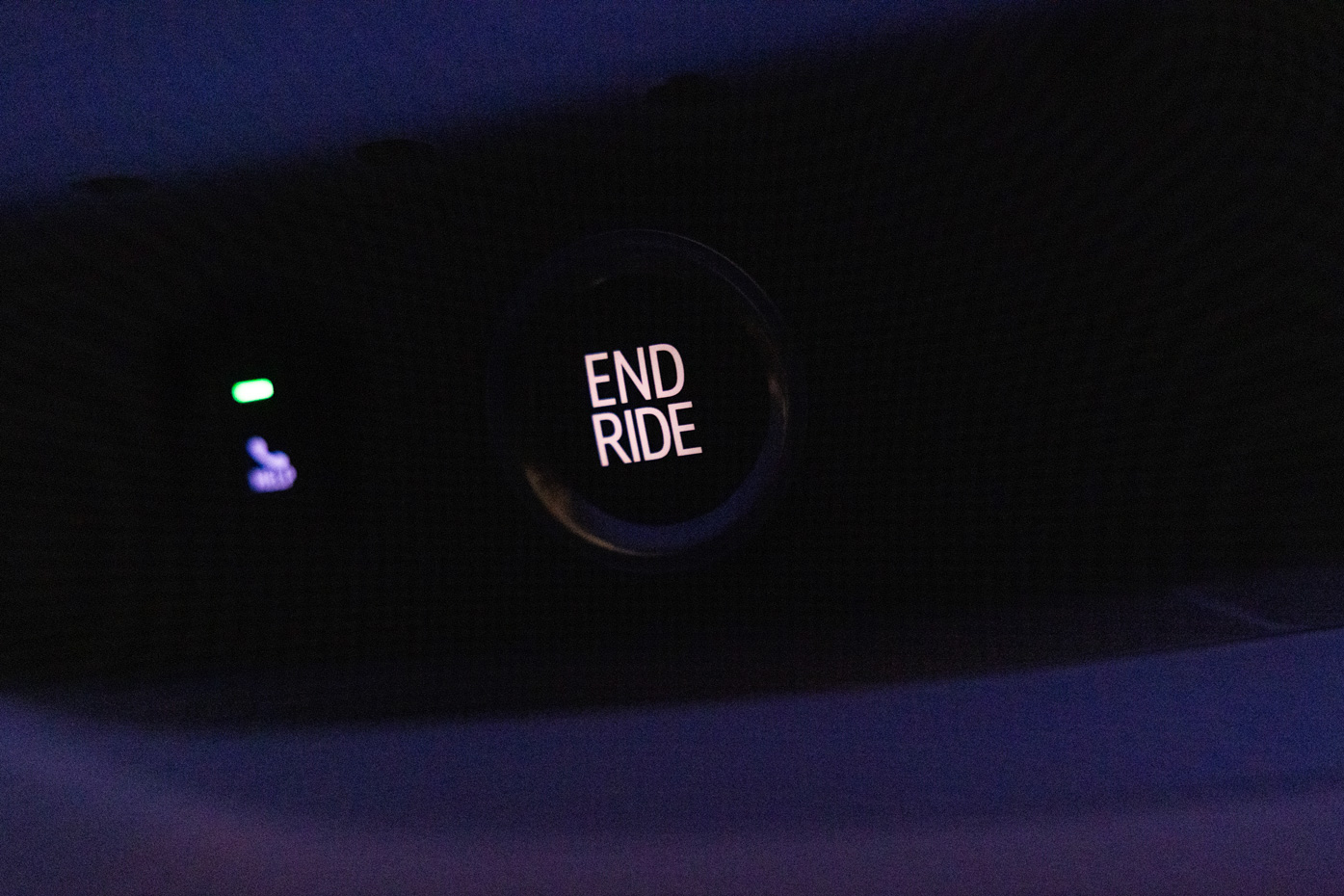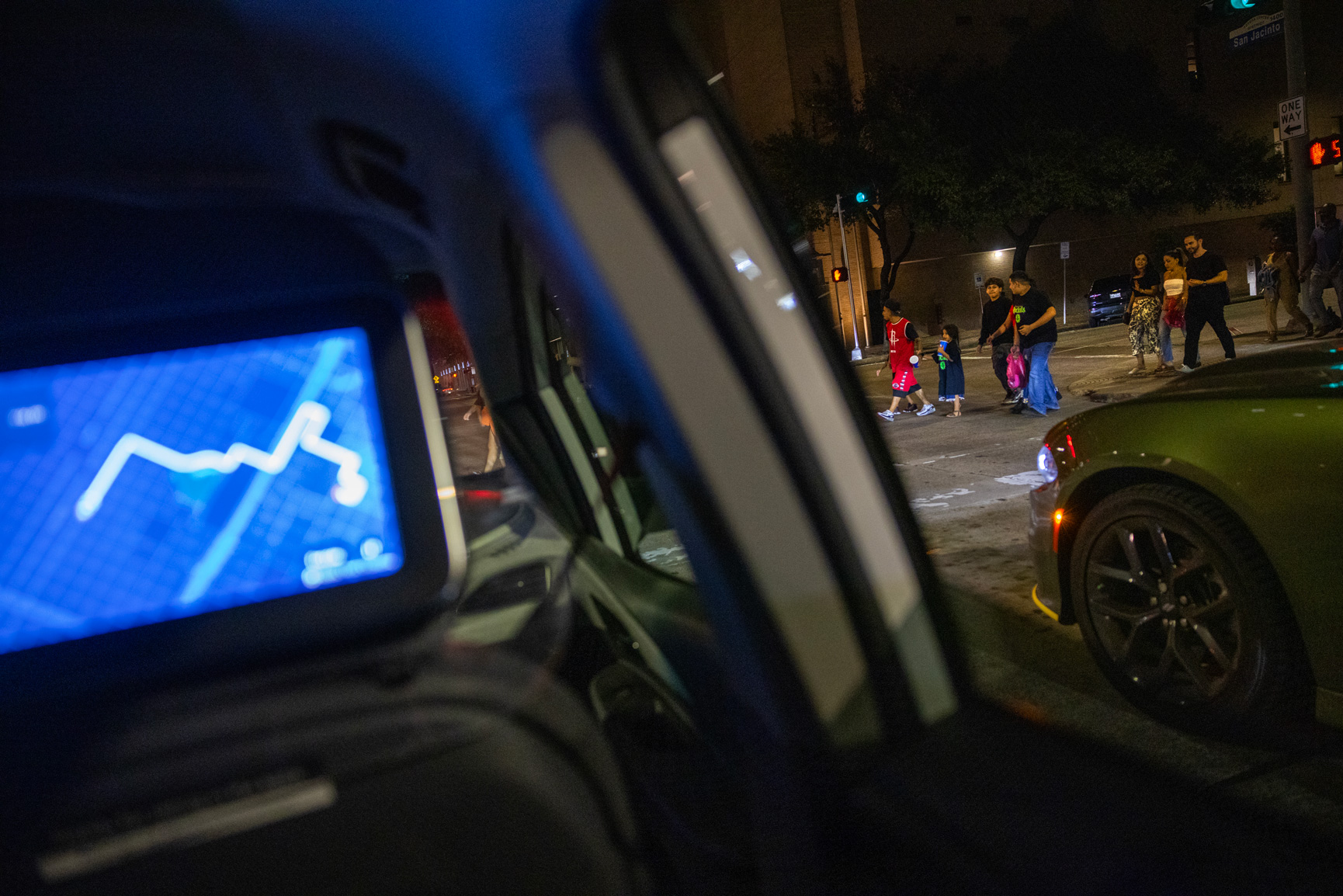|
Getting your Trinity Audio player ready...
|
Cruise, General Motors’ autonomous ride-hail venture is about to hit Houston streets again, six months after the company put its nascent service on a nationwide pause.
This time with human drivers in a handful of cars.
Cruise originally launched in Houston last October, but put its national testing on hold after a crash in San Francisco left a woman with life-threatening injuries.
The pause is now over, with the company announcing its cars would return to Houston-area streets Tuesday, albeit with human drivers for now. Those drivers will be validating the vehicles’ previous data and collecting more data for when the service moves back into driverless mode.
The company did not offer a timeline for when it hopes to have driverless service operational again.
Instead, the company is hoping a slower, more deliberate rollout will rebuild trust with local communities and gain feedback while also getting the vehicles in line with new, internal safety standards. A company spokesperson said there will be three driver-operated vehicles in Bellaire, West University Place, and The Villages with hopes of later expanding to the Fifth Ward area. The company had 25 vehicles in service during its original rollout last year.
In the months since Cruise vehicles were pulled off roads, the company has undergone dramatic changes. The company’s CEO, chief product officer, and vice president of communications left the company, along with nine others.
A third-party investigation into Cruise’s response to the Oct 2 accident also led the company to overhaul its relationship with targeted community rollouts. The investigation called out an “us versus them” attitude among employees towards regulators and government officials.
Cruise since has hired a chief safety officer to oversee accident reporting and to lead a review board prior to moving into any driverless phase.
The shift also has focused on working with local officials. A company spokesperson said the company had been in touch with Mayor John Whitmire’s administration throughout the entire process of getting the vehicles back on the road.
“We are committed to close collaboration with Houston officials as partners sharing updates and changes as our work progresses,” a Cruise spokesperson said in an email.
The mayor’s office did not respond to a request for comment.
The commitment to stay connected with local governments, communities, and regulators is important with Senate Bill 2205 looming over any autonomous vehicle policy-making in Texas.
SB 2205, passed in 2017, allows only the Texas Department of Public Safety to regulate autonomous vehicles. It explicitly bars other state agencies and subdivisions of the state from making regulations specific to autonomous vehicles.








